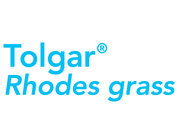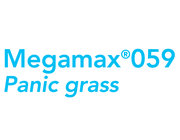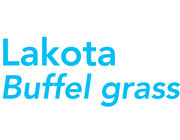Tropical grass varieties available from Barenbrug Australia
Barenbrug’s range of Rhodes grass and Panic grass varieties are well respected in northern Australia, along with buffel grass. These grasses are used extensively in custom and pre-made mixes providing tolerance to drought and heat. More resilient to heavier grazing, Barenbrug grasses maintain their quality, yield and palatability for a longer period of time.
To find your nearest rural retailer that stocks our tropical grass varieties, please contact us.





.jpg?height=140&width=180&mode=fill&converttowebp=0)


%20logo.jpg?height=140&width=180&mode=fill&converttowebp=0)